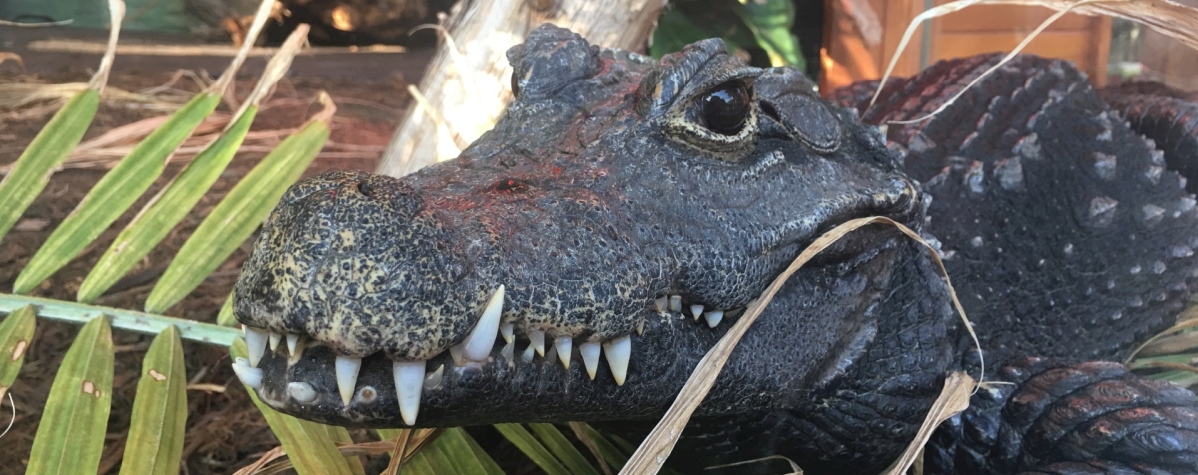Reindeer and Caribou
Scientific Classification
| Species |
Rangifer tarandus caribou |
| Kingdom | Animalia |
| Phylum | Chordata |
| Class | Mammalia |
| Order | Artiodactyla |
| Family | Cervidae |
| IUCN Status |
Vulnerable |
Appearance and lifespan
On average, caribou weigh 113 kg (249 lb.) and stand 120 cm (27 inches) at the shoulder, with males being larger than females. Both males and the females have antlers, though the males are generally larger and more complex. Males also have a thick mane of fur around the lower part of the neck. Caribou have two layers of fur, a long-haired overcoat and a dense, wooly undercoat. They have a short tail and broad, rounded hooves that act as snowshoes. Caribou can live up to 20 years.
Behavior and reproduction
Caribou may travel up to 5,000 km (3,000 miles) in a year! Most populations migrate in the spring and fall, moving 19-55 km (11 to 33 miles) per day. They can run 60 to 80 km/h (36 to 48 mph) and swim up to 10 km/h (6 mph.) They rely heavily on their sense of smell to locate food and danger as their sense of sight and hearing are not well developed. They have several vocalizations including snorts, a bawl, and a grunting roar (made by rutting males). Population densities are quite sparse being generally 0.5 animals per square kilometre of suitable habitat. However, during the migration period, concentrations may exceed 19,000 animals per square kilometre!
Most breeding occurs in the winter with births occurring in May/June after a gestation period of 228 days. Females typically give birth to a single calf. This offspring is weaned at 6 months old and will become sexually mature after 2.5 years.
Ecology and conservation
Reindeer are herbivores, feeding on a variety of plants. They eat primarily grass and lichen in the winter, though sedges, leaves of willows and birches, and mosses are also all consumed in the warmer months of the year.
Bears, wolves, and birds of prey are all natural predators of reindeer. Humans also cause a significant threat through habitat destruction and possible over-hunting.
Food at the Zoo
At the zoo, caribou are fed a diet of alfalfa, herbivore pellets, apples and carrots. They also get salt blocks and browse around their enclosure.
Threats
The most significant threat to caribou are humans due to habitat destruction and potential over-hunting. Natural predators include bears, wolves, and even birds of prey who will hunt newborn calves.
Did you know?
- Caribou calves can walk 1 to 2 hours after birth and can out run a human in just one day!
- When caribou walk, a tendon in the foot slides over a bone producing a clicking sound. Migrating reindeer sound like many castanets going crazy!
Adopt a caribou
Become a part of the Riverview Park and Zoo family through our Adopt an Animal Program!


